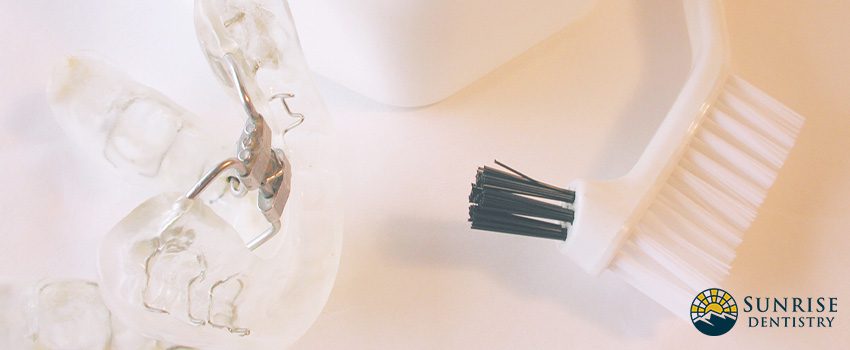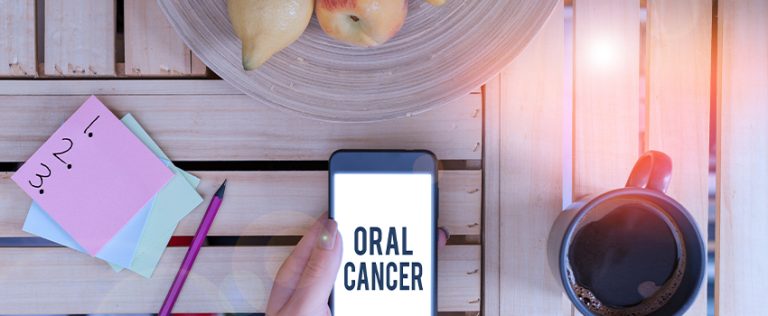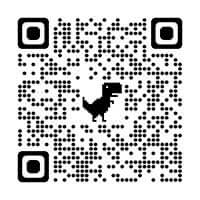Have you ever woken up from an eight-hour sleep and felt as though you’d never slept at all? If you have, you might be suffering from sleep apnea. This disorder is more than a nuisance as it requires immediate treatment.
If you suspect that you or a loved one or a friend is suffering from it due to exhaustion even after sleeping, consult medical experts to be sure. Thankfully, there is a wide variety of dental devices for sleep apnea that help people get deeper and healthier sleep.
To give you an overview of sleep apnea, we’ve gathered some essential information.
What is Sleep Apnea?
Sleep apnea occurs in approximately 10% of women and around 25% of men and affects people regardless of age. It is a disorder that causes irregular breathing and snoring patterns. This condition occurs when the throat closes up so much during sleep that sufficient air doesn’t get to the lungs. As a result, a message is sent to the brain, telling it to wake up.
Once the body wakes up, the muscles in the throat reset and keep the opening wide for air passage. When the body falls asleep again, however, the muscles relax. This narrows the opening, causing the same things to happen over and over again. The thing about sleep apnea is that you are unconscious when you wake up. This explains why you’re left wondering why you still feel exhausted even after a long rest.
Types of Sleep Apnea
There are two main types of sleep apnea:
Obstructive Sleep Apnea
Obstructive sleep apnea is a condition that involves weak lower jawbone muscles that cannot hold the jaw in place during sleep. These muscles fall backward with the tongue, blocking the air passage and making it difficult to have regular breathing. Having fatty tissues at the back of the throat also causes obstructive sleep apnea.
Central Sleep Apnea
Central sleep apnea is a condition due to the brain itself. In this condition, the brain doesn’t send signals to body muscles in charge of breathing, so the body also fails to send a response. Using dental appliances for this type of sleep apnea doesn’t help, but other medical specialists can provide suitable treatment options.
Symptoms of Obstructive Sleep Apnea
Aside from daytime drowsiness, some other symptoms that people with sleep apnea may experience are:
- persistent headaches
- grumpiness
- drowsiness throughout the day
- forgetfulness
- hyperactivity in children
- depression
- poor work or academic performance
- loss of sexual desire
- edema
Risk Factors of Obstructive Sleep Apnea
The likelihood of obstructive sleep apnea increases for people with conditions that have narrow air passages due to:
- a narrow airway or palate that easily collapses
- retrognathia
- larger tongue
- women with collar sizes equal to or greater than 16 inches
- men with collar sizes equal to or greater than 17 inches
- children with larger adenoids and tonsils
How Is Sleep Apnea Diagnosed
When you seek help from doctors, they’ll begin by asking about your medical history and conducting a physical examination of your head and neck to check for possible physical attributes contributing to sleep apnea. They’ll also ask you to fill up a questionnaire about daytime drowsiness, sleep habits, and sleep quality.
Examinations performed may include:
Polysomnography
A polysomnogram often requires staying overnight in hospitals or other medical establishments. While patients sleep, the activities of the body organs associated with sleep are measured. Polysomnography includes:
- Electroencephalogram (EEG) and Extra-Ocular Movement (EOM) – EEG measures and monitors brain waves. EOM does the same but for eye movement.
- Electromyography (EMG) – EMG measures and keeps track of body muscle activity.
- Electrocardiogram (ECG or EKG) – ECG or EKG measures and monitors heart rhythm and rate.
- Pulse Oximetry – Pulse Oximetry measures and keeps track of changes in blood oxygen levels.
- Arterial Blood Gas (ABG) – This procedure involves extracting blood from arteries. It measures the amount of carbon dioxide and oxygen in the blood, which helps doctors know if a patient needs more oxygen.
Dental Treatments for Sleep Apnea
There are three main categories of dental appliances for sleep apnea, and they are:
Mandibular Advancement Devices
These are dental devices for sleep apnea made of molded plastic that works by moving the tongue and jaw forward, causing the air passage to widen. Thus, reducing throat constriction and preventing sleep apnea. Some dentists make custom and semi-custom mandibular advancement devices to fit their patients’ mouths.
Mouth Guards
Similar to the first one, dental mouthpieces for sleep apnea help reposition the lower jaw. However, these devices are less effective compared to mandibular advancement devices. Some of these dental mouthpieces for sleep apnea are called “boil and bite” or SnoreRx, which people can buy over the counter for less than $100. These devices become more flexible when submerged in hot water. Biting down makes them fit the mouth better.
Tongue-retaining Devices
The third type of dental appliance for sleep apnea is tongue-retaining devices made of a soft plastic splint worn around the tongue. These hold the tongue forward, keeping it out of the mouth for the entire duration of sleep. However, they can be uncomfortable and can make your mouth dry.
Aside from dental treatments for sleep apnea, some other options are:
- Nasal Decongestants
- Continuous Positive Airway Pressure Therapy (CPAP)
- Bilevel Positive Airway Pressure Machines
- Positional Therapy
- Surgery
Sunrise Dentistry Is Here to Help
If you or a loved one is diagnosed with sleep apnea, we can help you here at Sunrise Dentistry.
We offer custom-made dental devices for sleep apnea for a more comfortable and healthier sleep. We have the best dentists in Durango, CO, to address all your concerns. Feel free to get in touch with us for any inquiries or questions. Call us today!





